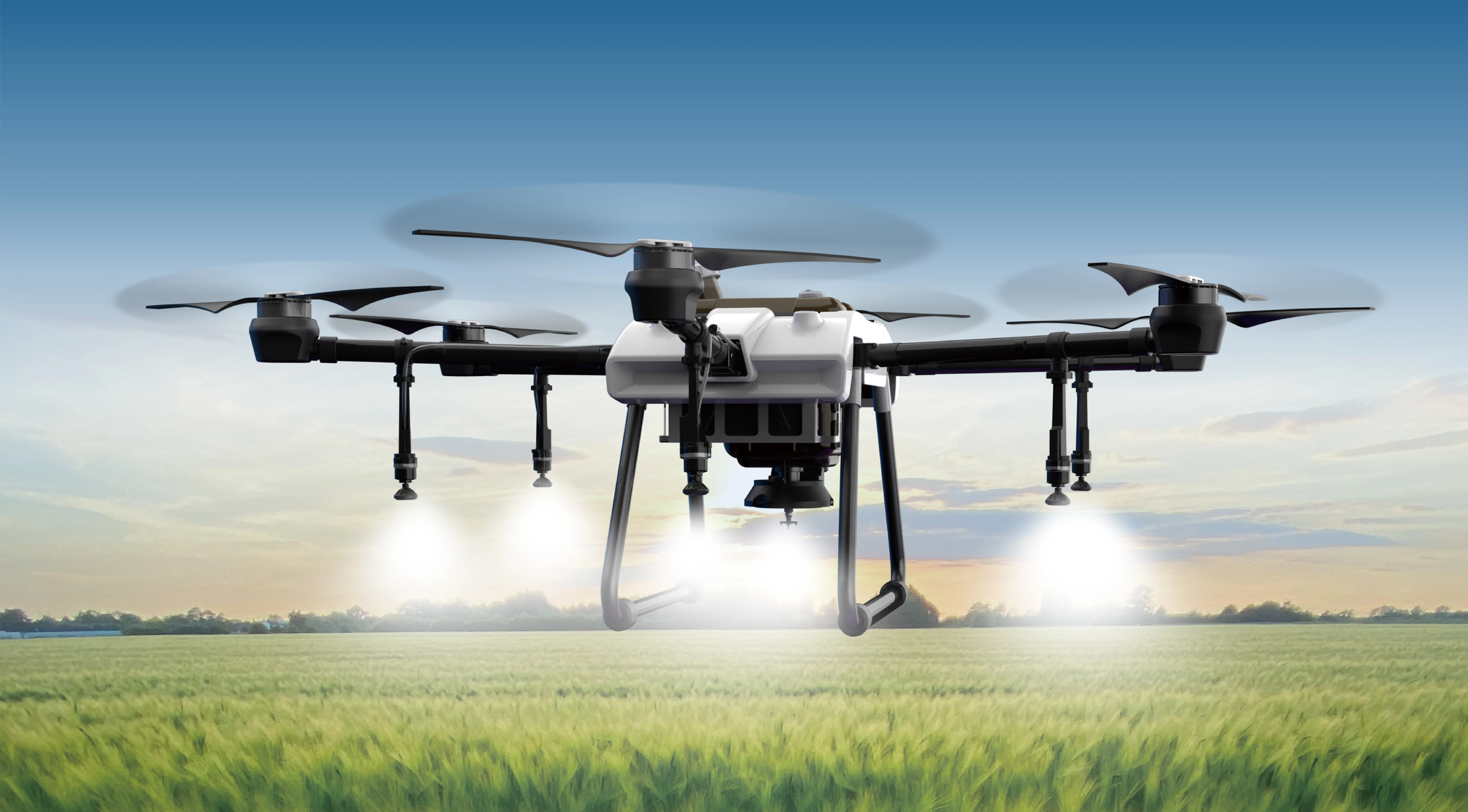Unlocking Power Transmission Efficiency: The Ultimate Guide to Hydraulic Motor Gear Couplings
In the bustling realm of industrial machinery, where precision, reliability, and efficiency are king, the importance of robust power transfer components cannot be overstated. Among these, the hydraulic motor gear coupling stands out as a marvel of engineering—a device that seamlessly marries the fluid power of hydraulics with the mechanical precision of gear technology. This union creates a coupling that isn’t just about connecting two shafts; it’s about optimizing the heartbeat of machinery itself.

What Is a Hydraulic Motor Gear Coupling?
At its core, a hydraulic motor gear coupling is a specialized component that transmits torque from a hydraulic motor to a driven device, such as a conveyor belt, pump, or industrial rotor. Unlike traditional couplings that rely solely on mechanical friction or elastic elements, this hybrid approach leverages the power of hydraulics and gear mechanics to achieve unparalleled performance.
Imagine the hydraulic motor as the powerhouse—converting fluid pressure into rotational motion—while the gear coupling ensures that this energy is transferred efficiently and reliably to the next stage of the system. The design typically involves a hydraulic chamber connected to gear sets that multiply torque and absorb shocks, vibrations, and misalignments.
Why Choose a Hydraulic Motor Gear Coupling?
The appeal of these couplings lies in their unique ability to handle demanding operational conditions. Industries that involve heavy-duty machinery, variable loads, or frequent start-stop cycles find them incredibly advantageous. The hydraulic element provides damping and shock absorption, guarding delicate components from sudden jolts, while the gear system ensures maximum torque delivery.
Furthermore, hydraulic motor gear couplings excel in applications requiring precise speed control, flexible installation, and reduced maintenance. Their modular design allows for easier repairs and upgrades, which is a boon in high-production environments where downtime equals lost revenue.
Design Features and Types
Hydraulic motor gear couplings come in various configurations tailored to specific needs:
Flexible Gear Couplings: They accommodate misalignment (axial, angular, and parallel) and transmit torque smoothly. Their flexible joints dampen vibrations and reduce coupling fatigue.
Rigid Gear Couplings: Designed for precise, rigid connections where misalignment is minimal. They excel in applications demanding exact positioning.
Hydraulic-Actuated Gear Couplings: These incorporate hydraulic cylinders that adjust the coupling’s engagement, providing variable torque transfer capabilities. Such designs are prevalent in systems requiring adjustable power distribution.
The materials used in manufacturing these couplings range from high-strength steel alloys to wear-resistant composites, ensuring durability and resistance under extreme pressures and temperatures.
Operational Advantages
One of the standout benefits of hydraulic motor gear couplings is their ability to dampen shocks and vibrations. This feature prolongs the lifespan of connected equipment, reduces maintenance costs, and improves overall system stability. Additionally, their capacity for overload protection ensures that sudden torque spikes won’t cause catastrophic failures.
Another key advantage is the capacity for remote operation and control. Hydraulic systems can be adjusted or shut down without direct mechanical intervention, allowing for safer and more flexible operation, especially in hazardous environments.
Applications in Industry
Hydraulic motor gear couplings see widespread use across multiple sectors. In mining operations, they handle rugged conditions involving abrasive materials and high-impact forces. In manufacturing plants, they facilitate precision motion control in automated machinery. Their role in marine engineering, tunnel boring machines, and heavy construction equipment is equally vital, where durability and reliability are paramount.
In Summary
The hydraulic motor gear coupling exemplifies the evolution of power transmission technology—combining hydraulic fluid dynamics with high-precision gear mechanics. By accommodating misalignment, dampening shocks, and enabling flexible operations, they significantly enhance machinery performance and longevity. As industries push toward more efficient and resilient systems, understanding and implementing these couplings may well be the secret weapon for staying ahead in the game.
Leveraging innovations in modular drive technology, Kpower integrates high-performance motors, precision reducers, and multi-protocol control systems to provide efficient and customized smart drive system solutions.




































